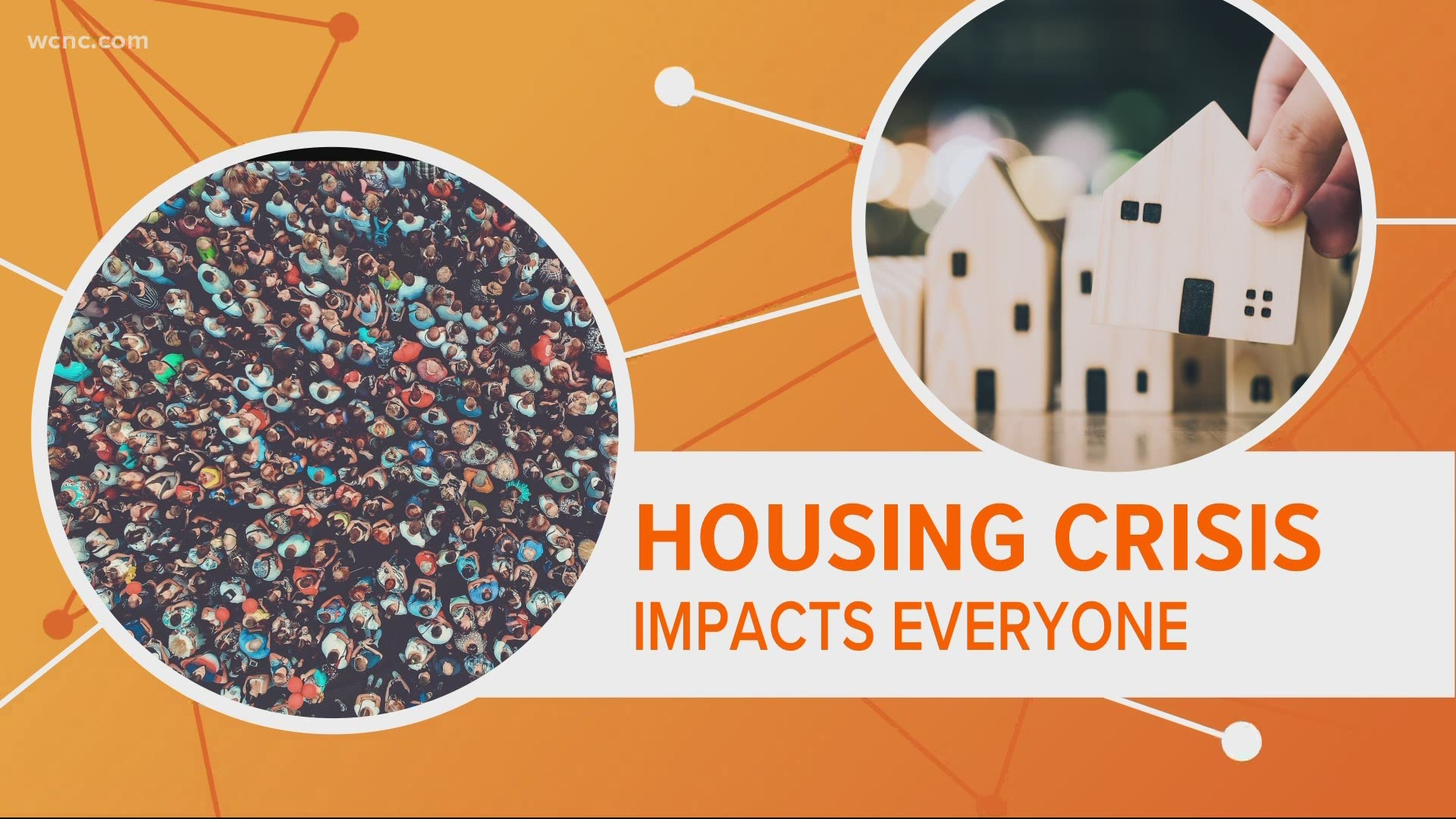 Title: Addressing the Affordable Housing Crisis: Federal Support and Potential Reforms
Title: Addressing the Affordable Housing Crisis: Federal Support and Potential Reforms
Introduction:
The United States is facing an affordable housing crisis, with studies indicating a shortage of 2-4 million housing units. However, Census data suggests that the issue lies in the lack of affordability, particularly for extremely low-income renters. To combat this problem, officials at different levels of government are exploring ways to encourage more affordable housing. A new bill, the Reducing Regulatory Barriers to Housing Act, introduced by Senator John Fetterman and Representative Lisa Blunt Rochester, aims to involve the federal government in local zoning and land use regulations. While some argue that federal support is necessary to achieve reforms, critics voice concerns about the potential consequences of such measures.
Increasing Federal Powers and Potential Impact:
The bill proposed by Senator Fetterman and Representative Blunt Rochester seeks to increase federal powers to address the affordable housing crisis. If enacted, it could lead to significant changes in local communities across the nation. These changes may include the presence of tiny homes in backyards, apartments without parking, houses built in back alleys, and taller buildings in existing neighborhoods.
Population Growth and Immigration:
According to a report from the Congressional Budget Office, the United States’ population is projected to increase from 342 million to 383 million by 2054, with immigration driving much of this growth. This population increase further emphasizes the need for affordable housing solutions.
Defining Affordable Housing:
The Reducing Regulatory Barriers to Housing Act defines affordable housing as a monthly payment of less than 30% of a household’s monthly income. For example, a family earning the U.S. median household income of $77,300 per year would require housing costing less than $1,900 per month.
National Zoning Policy and Task Force:
The bill calls on the Department of Housing and Urban Development to establish a task force comprising developers, researchers, advocates, and experts in affordable housing, community development, and fair housing. This task force would define federal zoning guidelines and best practices within three years. Recommendations may include reducing or eliminating parking requirements, increasing building heights, and relaxing lot size and setback requirements.
Removing Regulatory Barriers:
The bill also aims to eliminate restrictions against accessory dwelling units, such as tiny homes in backyards or apartments over garages. California already has state zoning laws that require local governments to allow such units, promoting affordable housing in areas dominated by single-family homes.
Experimental Alley House Program:
Bethlehem, Pennsylvania, is taking steps to encourage affordable housing by changing zoning laws to permit new housing in alleyways behind existing homes. This experimental program has received federal funding to build the first four homes. However, critics argue that inflation and unrestricted immigration contribute to the housing issues, putting pressure on working families to afford rent or mortgages.
Urban Growth Boundaries and Denser Living:
To combat urban sprawl and preserve open spaces, some states have implemented urban growth boundaries that restrict construction outside metropolitan borders. The effect of these boundaries is increased density within cities, with taller buildings, apartments, duplexes, and row homes being built in densely populated areas.
Support and Criticism:
The Reducing Regulatory Barriers to Housing Act has gained support from various nonprofits and housing advocacy groups. These organizations believe that empowering state and local governments with resources and data is crucial to solving the housing crisis. However, critics argue that the federal government is attempting to introduce public housing into single-family home neighborhoods.
Conclusion:
The affordable housing crisis in the United States requires a multi-faceted approach involving federal, state, and local governments. The Reducing Regulatory Barriers to Housing Act proposes federal support to address zoning regulations and increase affordable housing options. While the bill’s potential impact remains a topic of debate, it is clear that innovative solutions are needed to ensure fair and accessible housing for all Americans.


